McCready, Elin
Humanities
Universitat Autònoma de Barcelona (UAB)
Department Centre de Lingüística Teòrica
Address Av. de Serragalliners, 112. Campus UAB
Postal code 08193
City Cerdanyola del Vallès (Barcelona)
Keywords
formal semantics and pragmatics
philosophy of language
aesthetics and art
social dynamics and modeling
environmental humanities
(social) epistemology
game theory
literature
gender and feminism
Short biography
Elin McCready received a PhD from the University of Texas at Austin in 2005. She worked as a posdoctoral researcher at Osaka University and then took a position at Aoyama Gakuin University in 2006, where she became Professor in 2015. She is an ICREA Research Professor at the Centre de Lingüística Teòrica at UAB as of 2025. Her academic interests are in linguistics, philosophy, environmental humanities, and artistic research.

